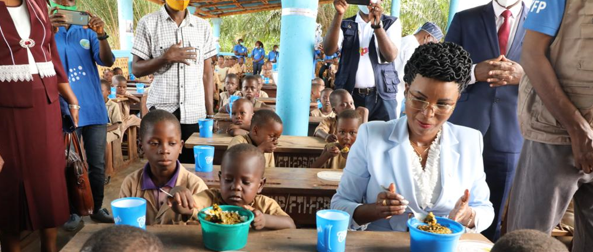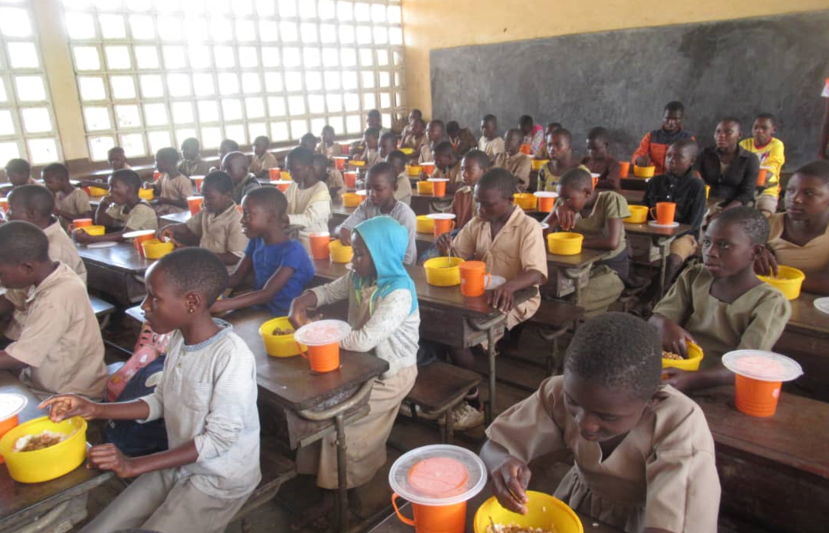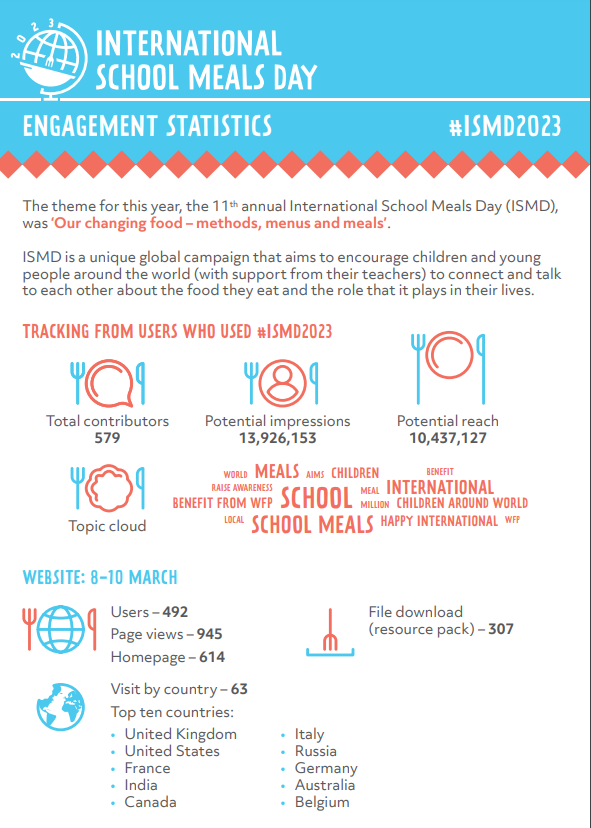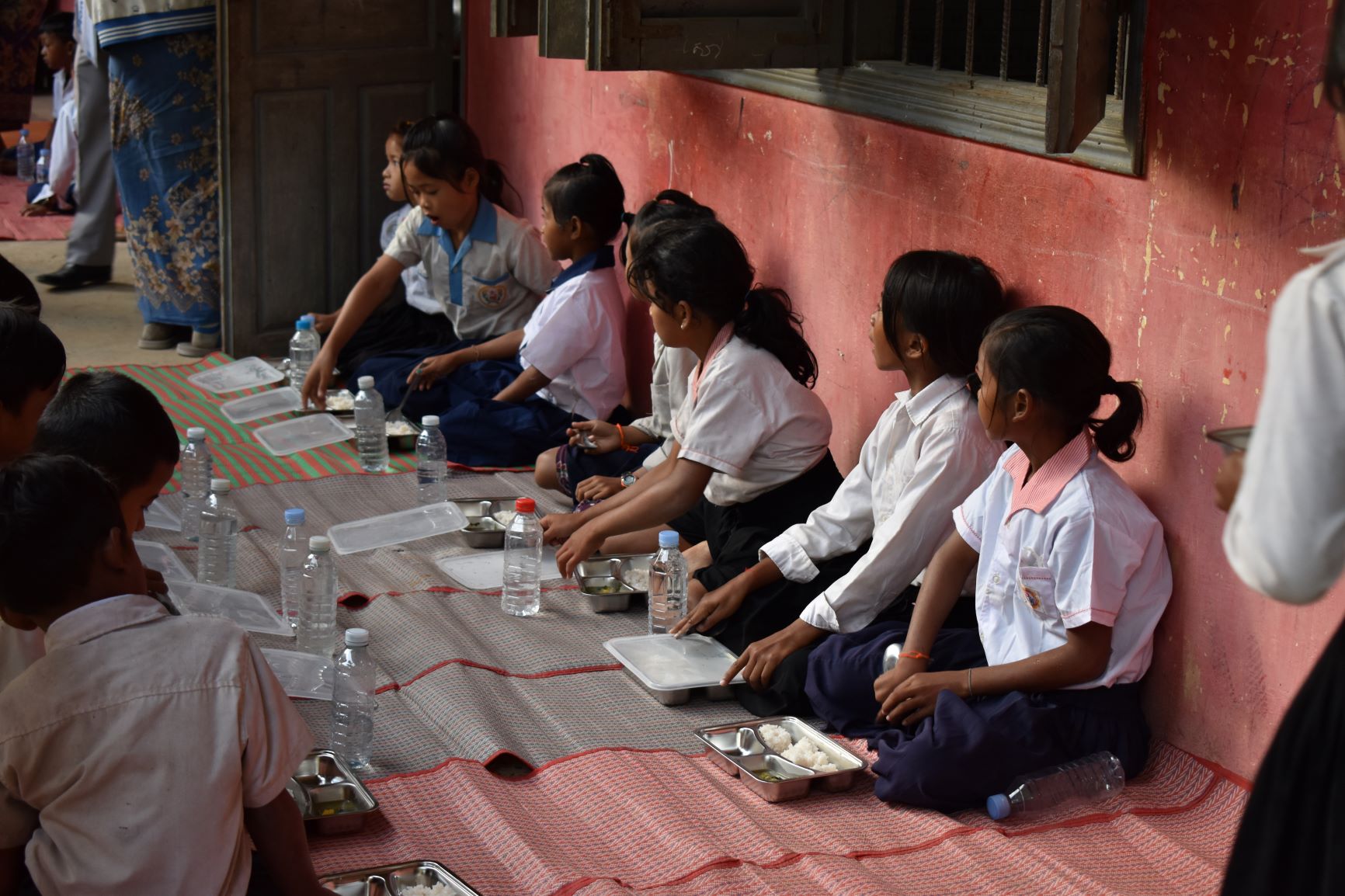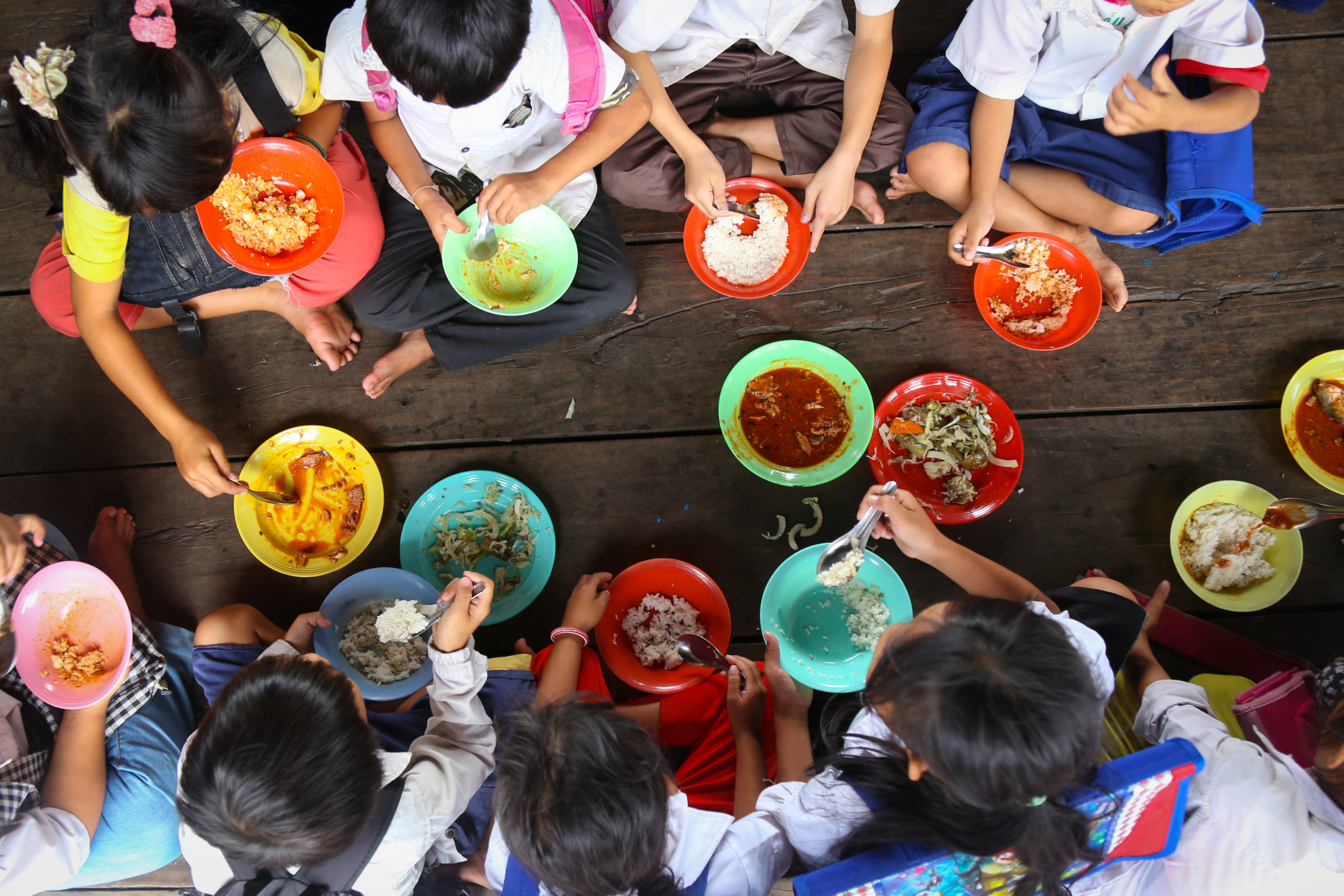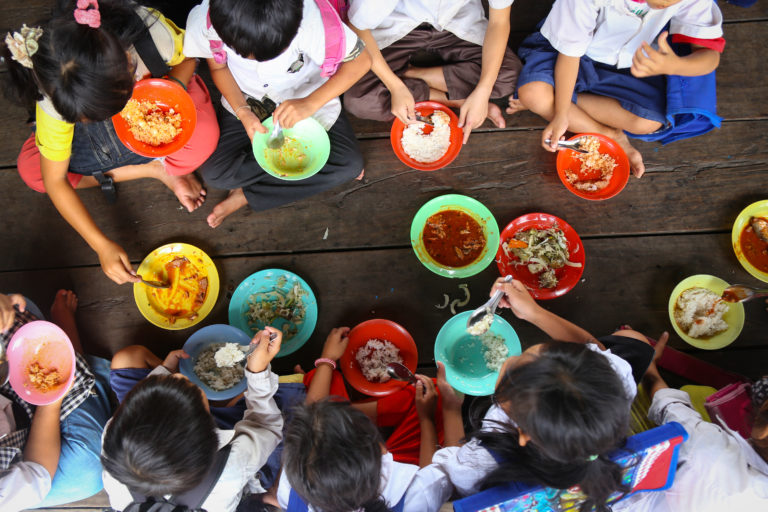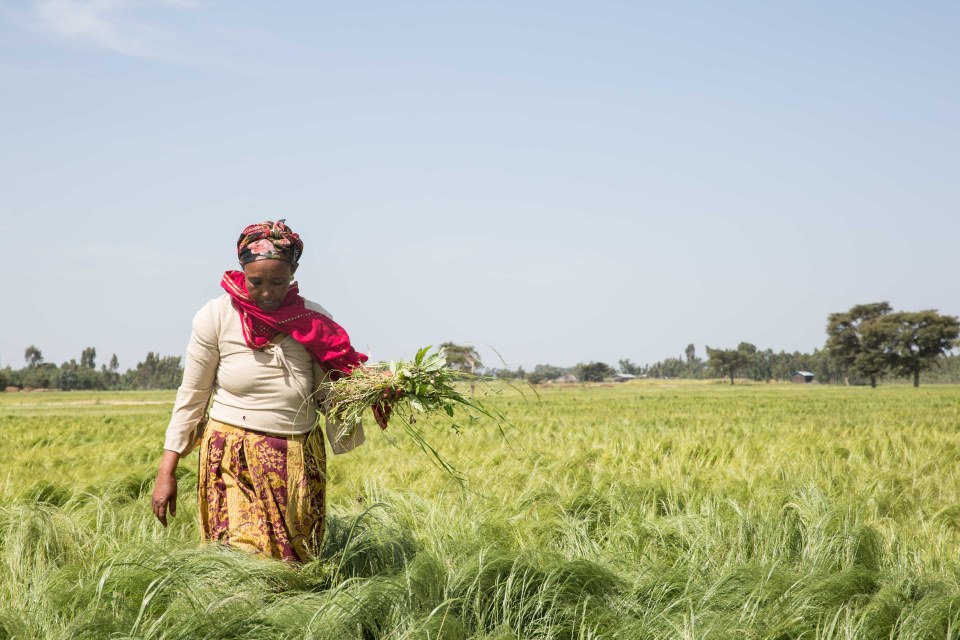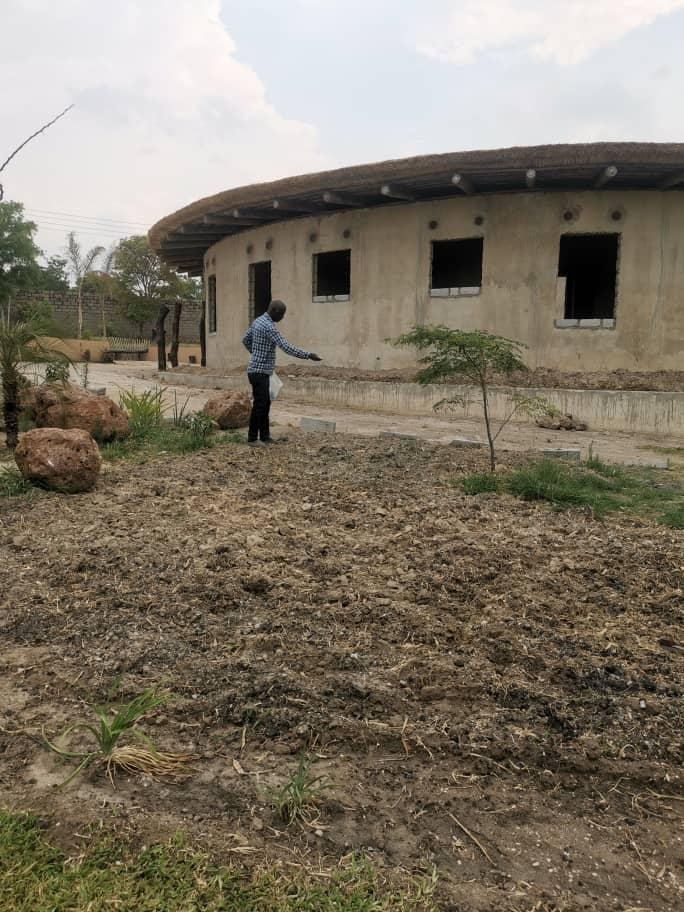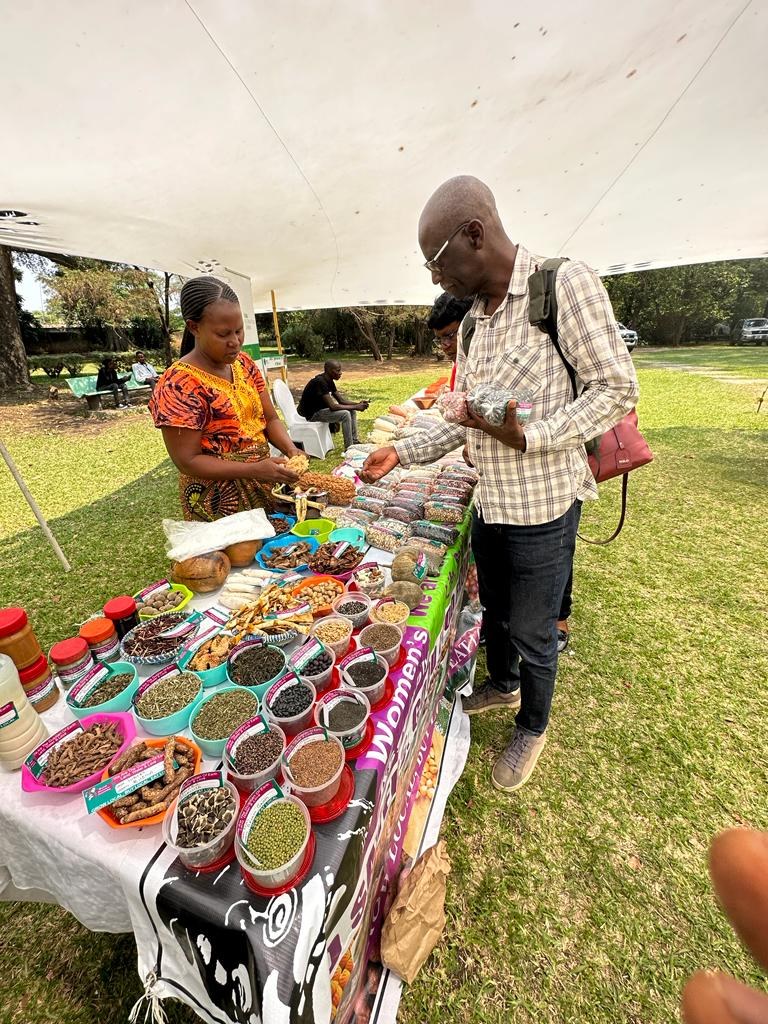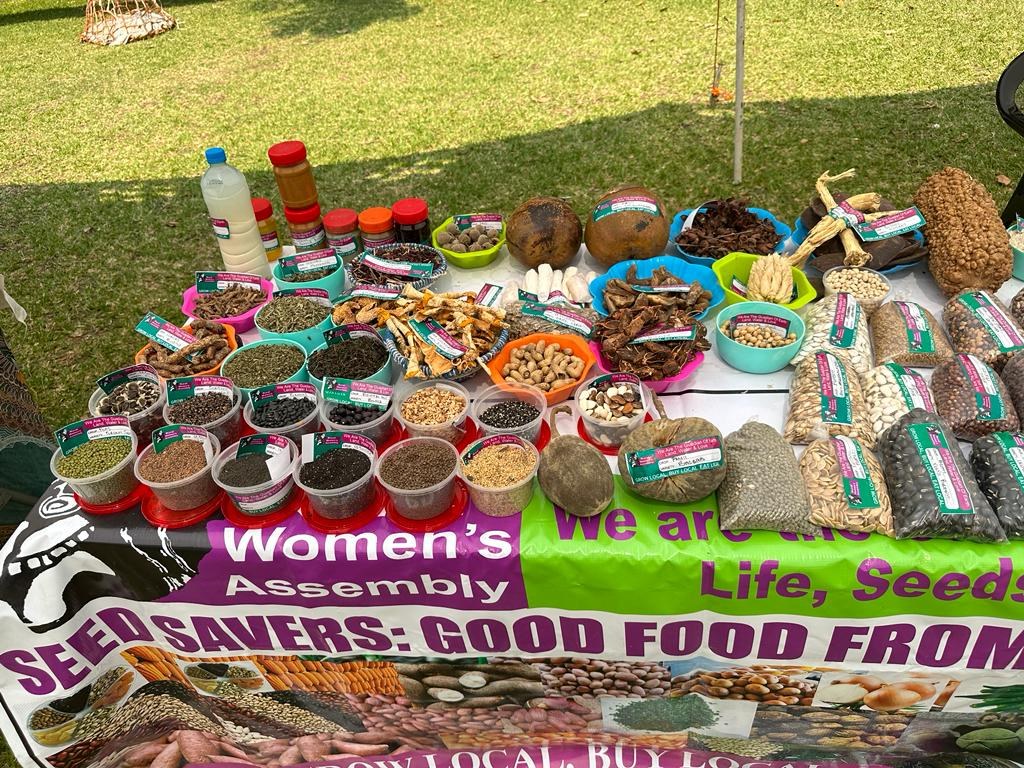Situation de la Cantine Scolaire au Burundi
Écrit par M. Liboire BIGIRIMANA, le Directeur National Des Cantines Scolaires au Burundi et Porte Parole du Ministre de l’Education Nationale et de la Recherche Scientifique et Point Focal, Enquête Mondiale du GCNF sur L’Alimentation Scolaire 2021
La cantine scolaire au Burundi a vu le jour depuis les années 1960 avec les interventions du PAM sous forme de fourniture aux Ecoles à régime d’internat des commodités essentiellement composées par du lait en poudre, de la viande et du poisson en boîte de conserve. En 2008, les provinces du Nord du Burundi ont été affectées par des changements climatiques, sous forme de sécheresse, ayant abouti à la paupérisation des ménages, une situation qui a contraint les enfants à abandonner l’école et ont fui vers les pays limitrophes du Burundi : la Tanzanie et le Rwanda. Les autres ont regagné les grandes capitales du Burundi dans le souci de se faire embaucher et gagner de l’argent.
Pour pallier à cette situation, le PAM et le Gouvernement du Burundi ont convenu à travers un Accord, de financer des repas chauds de midi, pour motiver les enfants à regagner les salles de cours.
En 2013, la philosophie de la cantine scolaire est passé du concept d’intervention d’urgence en intervention de développement dans le sens où le Gouvernement a décidé que soit développé une cantine scolaire qui s’approvisionne en produits locaux, pour constituer un marché permanent des petits producteurs regroupés dans des coopératives et Association de production agricole, d’où le concept d’une cantine scolaire endogène (Home Grown School Feeding).
I. LES GRANDES REALISATION DU GOUVERNEMENT EN MATIERE D’ALIMENTATION SCOLAIRE
- En 2016, il a été créé une Direction Nationale des Cantines Scolaires ayant pour encrage institutionnel au niveau du Cabinet du Ministre,
- Le 14/11/2018, le Gouvernement du Burundi a validé et endossé le Programme National d’Alimentation Scolaire, un outil d’orientation stratégique et de dialogue avec les Partenaires au Développement (PTF) ;
- En 2020, SE la Première Dame du Burundi Madame Angéline NDAYISHIMIYE a accepté d’être Marraine du Programme National d’Alimentation Scolaire ;
- En 2021, le Burundi a adhéré au sein de la coalition Mondiale des Repas Scolaires.
Au niveau engament financier : le Gouvernement du Burundi a depuis 2008, mis à la disposition du PAM sa contrepartie pour financer l’achat des commodités en faveur de la cantine scolaire. Les montants alloués par le Gouvernement à l’alimentation scolaire sont de l’ordre de 2 millions de dollars us. Ces contributions du Gouvernement devraient atteindre 6 millions de dollars us avec la rentrée scolaire 2023-2024!
Une étude réalisée localement montre que la cantine scolaire contribue à l’amélioration des indicateurs scolaires et le niveau de vie des producteurs.
II. LA COUVERTURE GEOGRAPHIQUE
Le Programme National d’Alimentation Scolaire (PNAS) intervient en faveur de 847 Ecoles Fondamentales à travers 7 provinces du Pays (Bubanza, Bujumbura, Cibitoke, Gitega, Muyinga, Ngozi et Kirundo). Le Total des bénéficiaires du PNAS s’élève à plus de 650.000 écoliers sur une cible estimée à 2,8 millions d’enfants de l’Ecole Fondamentales. Pour réussir une cantine universelle, une mobilisation conséquente des fonds devrait se faire et par les PTFs, le Gouvernement et les communautés pour combler les gaps.
III. LES MEILLEURS PRATIQUES EN MATIERE D’ALIMENTATION SCOLAIRE AU BURUNDI
La mise en œuvre du PNAS se heurte à plusieurs défis liés notamment aux ressources financières assez limitées pour répondre à une demande de terrain de plus en plus croissante. En outre, une cantine innovante est un impératif suite à la nécessité de protéger l’environnement dans un contexte où la principale source d’énergie pour préparer les repas des enfants reste le bois de chauffe. L’idée est d’asseoir des mécanismes innovants pour éviter que la cantine scolaire ne soit pas la cause de dégradation de l’environnement. Les meilleurs pratiques sont notamment :
a) Pour limiter le volume de bois de chauffe à utiliser, nous avons pensé à la construction des foyers améliorés institutionnels (foyers en béton utilisant peu de bois de chauffe et conservant la chaleur et réduisant drastiquement la quantité de dioxyde de carbone rejetée dans l’atmosphère) et l’utilisation des briquettes (combustibles obtenus suite au compactage industriels des restes ménages, des herbes et des restes des récoltes du riz).
b) Pour une bonne gouvernance de la cantine scolaire, un outil de gestion des stocks a été introduit dans les écoles à cantine scolaire : School connect. Il s’agit d’une gestion digitalisée qui se fait sur des tablettes et qui permet de faire un track efficient et efficace de la gestion des stocks. L’outil permet d’avoir une idée sur l’utilisation des vivres en tant réel par rapport au nombre de bénéficiaires;
c) La consommation des produits à très haute valeur nutritive comme les champignons et le lait pour un apport protéinique consistant,
d) L’implication des communautés pour appuyer la cantine scolaire : les communautés participent à la préparation et distribution des repas scolaires, apportent du bois de chauffe, de l’eau et des légumes pour compléter la ration alimentaire des enfants ;
e) L’introduction des achats décentralisés : le Gouvernement et le PAM mettent à la disposition des responsables des structures déconcentrées des moyens financiers pour acheter au près des producteurs les commodités en faveur de la cantine. Cette approche est l’un des éléments pour pallier aux ruptures de stocks et augmente les quantités des commodités car est une solution aux coûts exorbitants du transport des vivres ;
f) Introduction de l’hydroponie (production des légumes sous serre dans les zones à déficits hydriques pour compléter les repas scolaires en légumes.
IV. LES PARTENAIRES DU PROGRAMME NATIONAL D’ALIMENTATION SCOLAIRE
La mise en œuvre du PNAS est appuyée par les interventions des différents partenaires au Développement. Ces partenaires sont essentiellement la Banque Mondiale (construction des foyers améliorés et leurs abris, la fourniture des fonds pour acheter des commodités), les Pays Bas, le Fonds mondial pour l’Education à travers l’Agence Française de Développement(AFD),la Fédération de Russie, La Fondation Rock Feler (Appui financier et technique), les USA à travers McGovern-Dole. Au niveau local, le partenariat se traduit par le développement de la chaîne de valeur lait et farine de maïs fortifiée…..Les progrès réalisés grâce au partenariat se traduit par leur contribution à la protection de l’environnement, la fourniture des repas sains riches et nutritifs, assurer la bonne gouvernance de la cantine scolaire…
V. PARTICIPATION DU BURUNDI AUX FORUMS GCNF
Depuis 2014, le Burundi a participé à la plus part des forum organisés par le GCNF. Le Burundi a participé notament aux Forum GCNF organisés au Brésil, Cape Verde, Afrique du Sud, Canada, Tunisie, Arménie et au Bénin. Tous ces Fora ont permis au Burundi de capitaliser les expériences des autres pays en matière de gestion, de financement et pérennisation de l’alimentation scolaire. Pour exemple, le forum GCNF du Brésil a permis au Burundi de rédiger sa politique d’alimentation scolaire. Pour le forum GCNF de Montréal au Canada, il a permis au Burundi de bâtir des partenariats pour assurer le financement de la cantine scolaire. Pour le forum GCNF du Bénin, le Burundi a pu comprendre la part du chaque Gouvernement à financer lui-même l’alimentation scolaire. C’est pourquoi, dès septembre 2023, le Burundi financera l’alimentation scolaire à hauteur de 12,7 milliards de Francs Burundais soit 6 millions de dollars US, soit une augmentation de 164% par rapport aux financements des années précédentes (4,8 milliards de Francs Burundais)!
On notera des visites d’échange d’expériences régulièrement organisées et auxquelles a participé SE la Première Dame et Marraine du Programme d’Alimentation Scolaire au Burundi Madame Angéline NDAYISHIMIYE. Il s’agit des visites d’échange d’expérience faites au Bénin en 2021 et au Sénégal en 2023.



